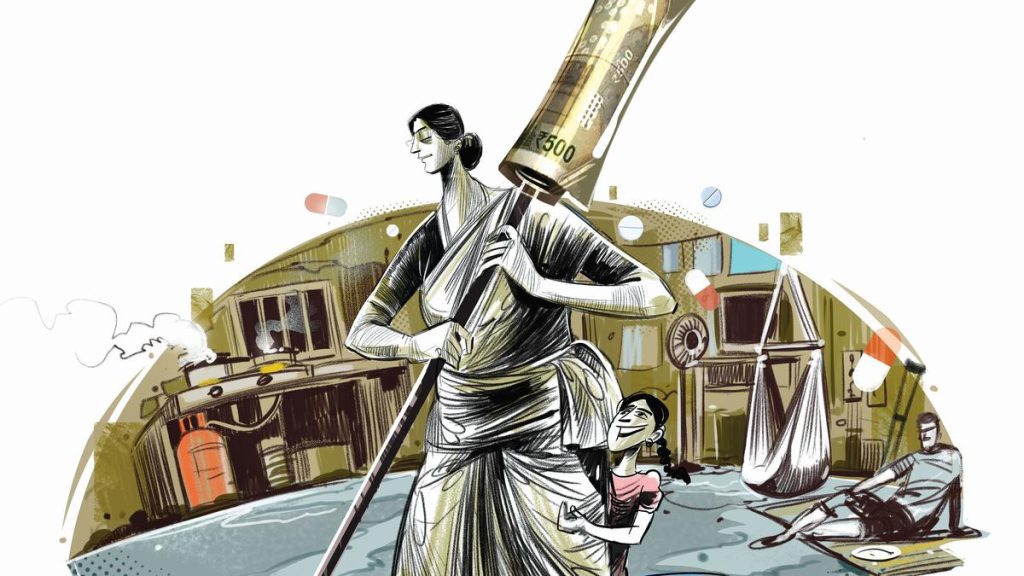Now Reading: Authorities Review Measures to Curb Human-Animal Conflicts in Kozhikode Hotspots
-
01
Authorities Review Measures to Curb Human-Animal Conflicts in Kozhikode Hotspots
Authorities Review Measures to Curb Human-Animal Conflicts in Kozhikode Hotspots

### Quick Summary:
– A district-level meeting chaired by Public Works Minister P.A. mohamed Riyas on july 7, 2025, reviewed measures to address farmers’ grievances over wild animal conflicts in Kozhikode’s upland areas.
– Forest department officials identified 20 hotspots in the district where surveillance against human-animal conflicts has been intensified.
– In the last four years:
– 549 incidents of wild boar attacks were reported.
– Another 529 incidents involved wild elephants.
– Snakebites were found to be the major cause of deaths linked to human-animal encounters.
– ₹233.47 crore was distributed as compensation to affected individuals over four years.- Forest squads conducted 10 missions aimed at reducing human-animal conflict and addressing safety concerns.
– An action plan under the Disaster Management Authority proposed clearing uninhabited private lands serving as safe havens for wildlife, with support from various government departments.
—
### Indian Opinion Analysis:
Human-wildlife conflict is a important concern for both rural communities and local governance in India, reflecting challenges tied to shrinking habitats and expanding agriculture or settlements.The data presented-particularly regarding hotspots and financial aid-highlights that Kozhikode district’s issues are being methodically monitored and addressed through compensation schemes and targeted operations.
Introducing an interdepartmental action plan under the Disaster Management Authority could play a key role in coordinated problem-solving. Clearing uninhabited private lands may reduce future interactions between humans and animals but must be executed carefully to avoid unintended ecological effects or legal disputes. The government’s receptiveness toward farmer grievances is promising but suggests a need for long-term strategies that balance safety with conservation efforts.
Read more:

























